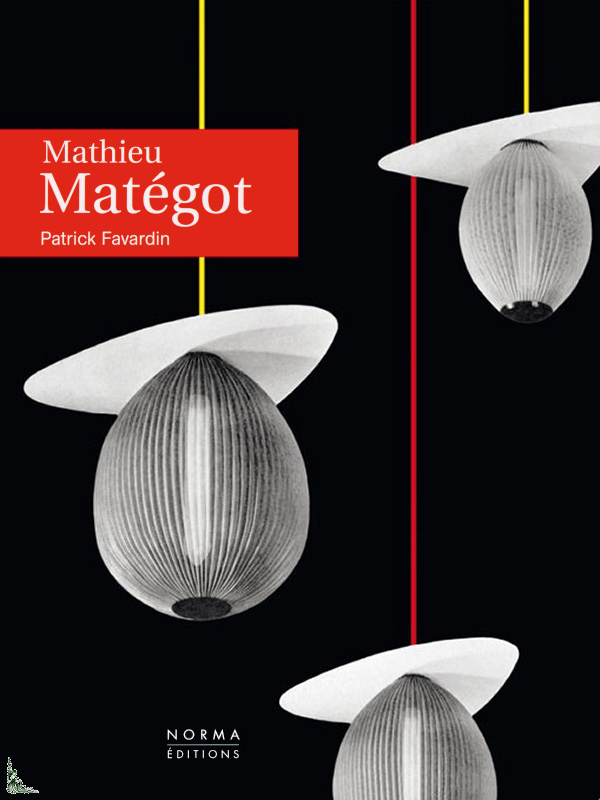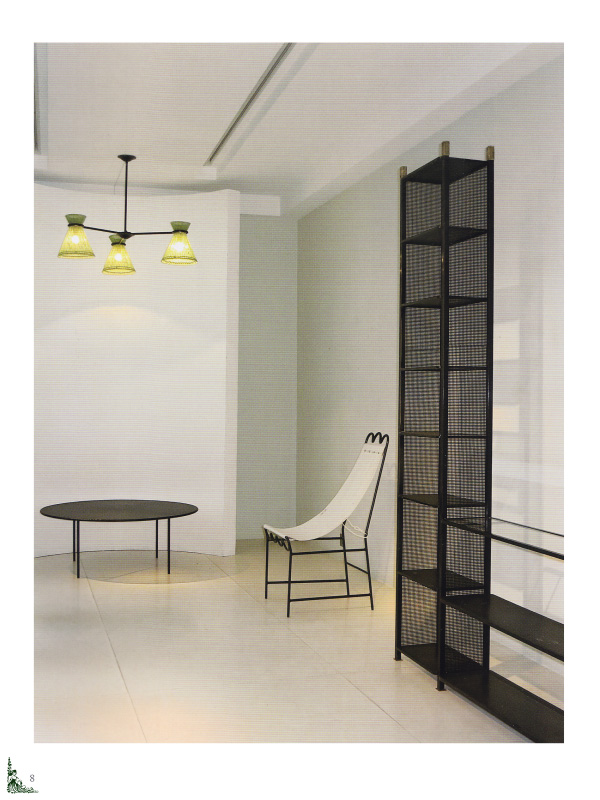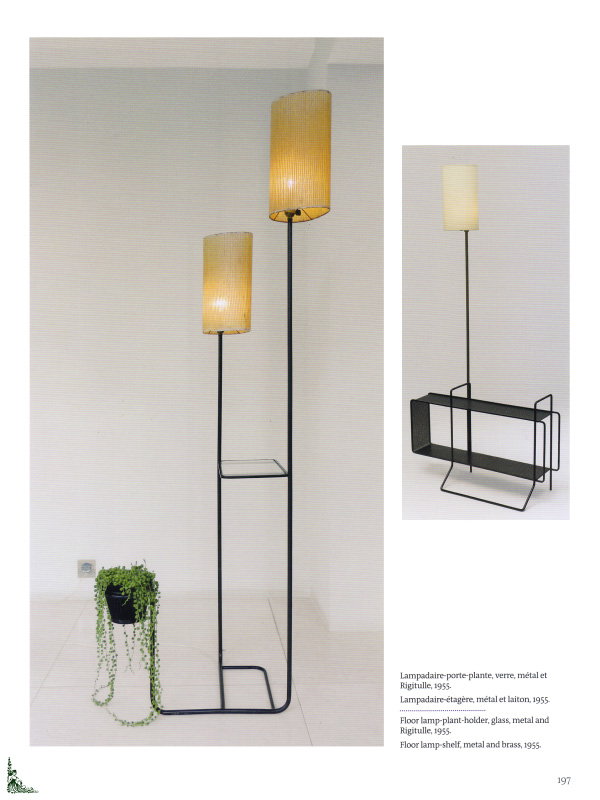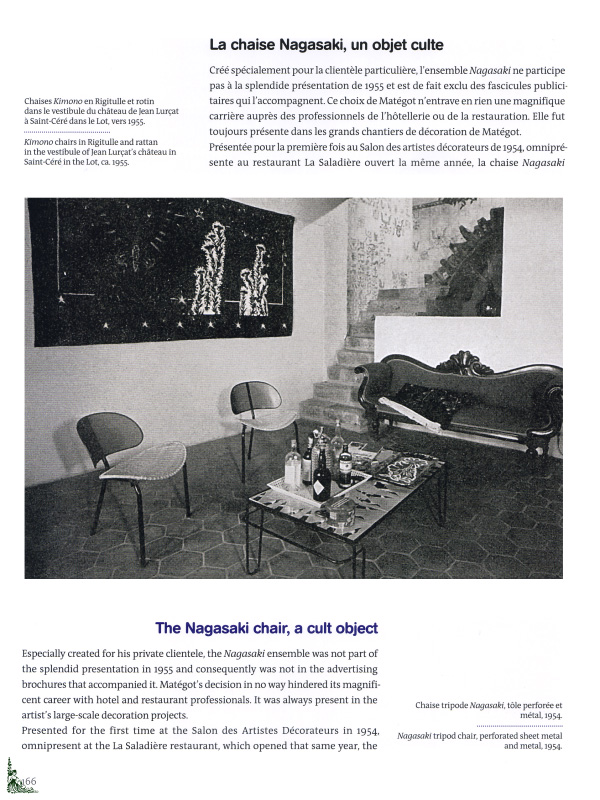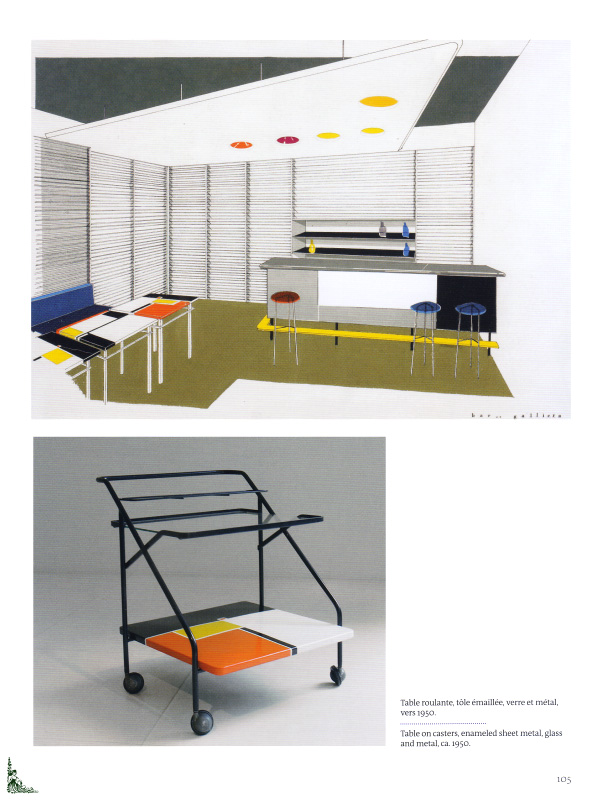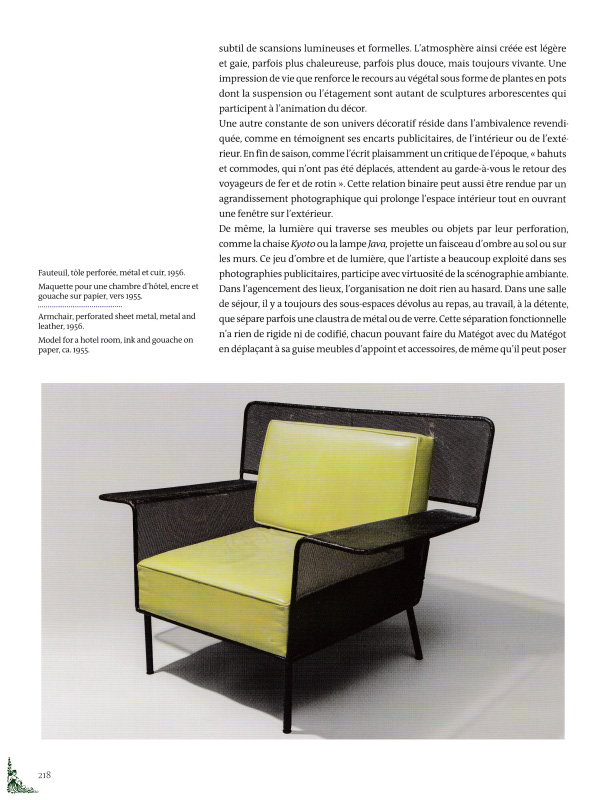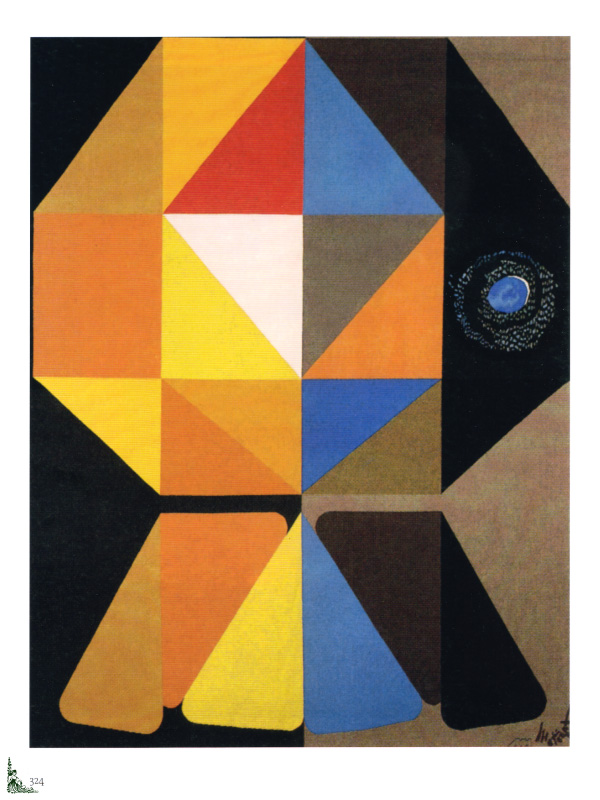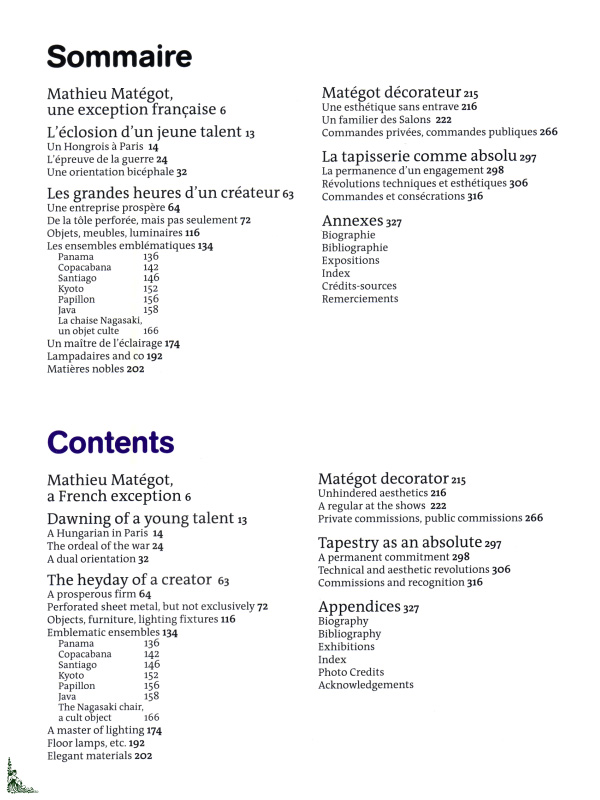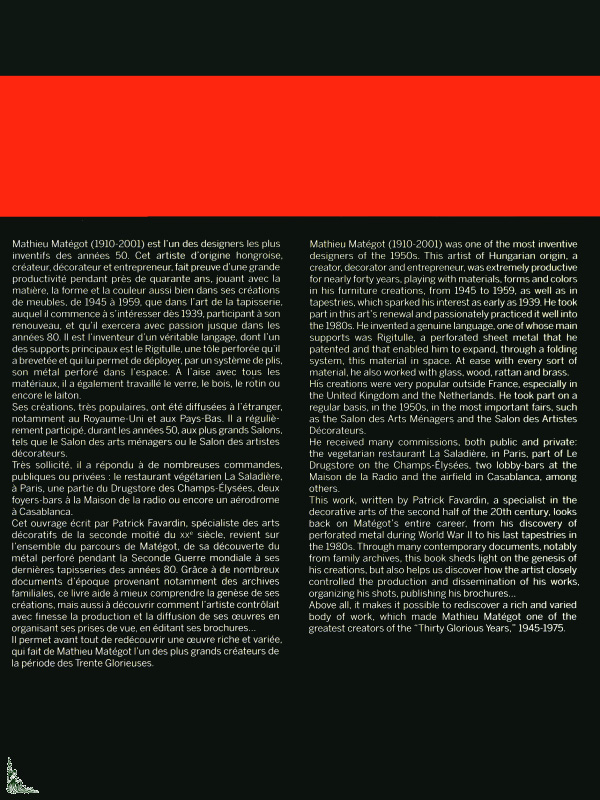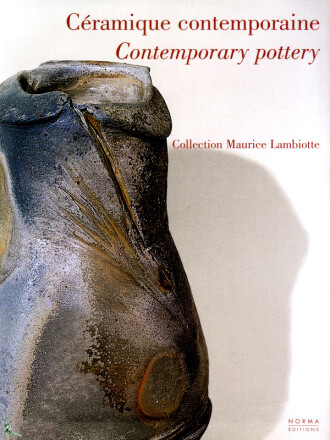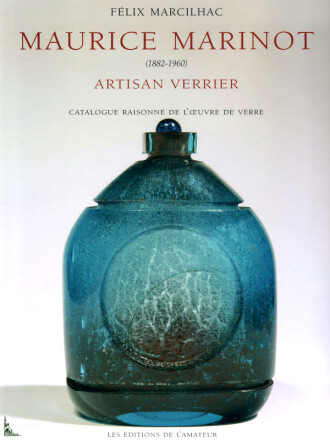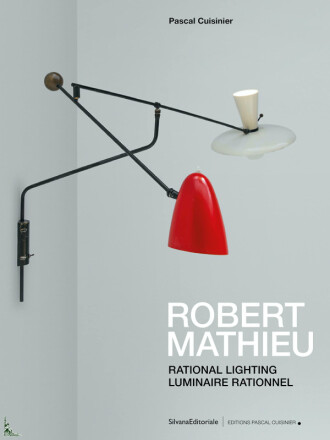Mathieu Matégot
Contenido del libro
| Autor : | Patrick Favardin |
| Editor : | Norma (2014) |
| Encuadernación : | Hardcover w/jacket (368 full color pages) 9 inches x 12 inches |
| Lenguas : | French/English |
| ISBN : | 978-2-9155-4269-1 |
| EAN : | 9782915542691 |
Descripción
Mathieu Matégot, by P. Favardin, Ed. Norma, 9 inches x 12 inches ( 23 cm x 31 cm ), hardcover book with 368 full color pages - French/English edition
This hardcover book with 368 full color pages and over 600 illustrations presents Mathieu Matégot.
This artist of Hungarian origin, a creator, decorator and entrepreneur, was extremely productive for nearly forty years, playing with materials, forms and colors, in the furniture creations, from 1945 to 1959, as well as in tapestries, which sparked his interest as early as 1939. He took part in this art's renewal and passionately practiced it well into the 1980s. He invented a genuine language, one of whose main supports was Rigitulle, a perforated sheet metal that he patented and that enabled him to expand, through a folding system, this material in space.
At ease with every sort of material, he also worked with glass, wood, rattan and brass. His creations were very popular outside of France, especially in the United-Kingdom and the Netherlands. He took part on a regular basis, in the 1950s, in the most important fairs, such as the Salon des Arts Menagers and the Salon des Artistes Decorateurs.
He received many commissions, both public and private: the vegetarian restaurant La Saladière in Paris, part of Le Drugstore on the Champs Elysées, two lobby-bars at the Maison de la Radio and the airfield in Casablanca, among others.
Through many contemporary documents, notably from family archives, this book sheds light on the genesis of his creations, but also helps us discover how the artist closely controlled the production of his works, organizing his shots, publishing his brochures... Above all, it makes it possible to rediscover a rich and varied body of works, which made Mathieu Matégot one of the greatest creators of the "Thirty Glorious Years" 1945 - 1975.
Contents:
- Mathieu Matégot, a French exception
- Dawning of a young talent
- A Hungarian in Paris
- The ordeal of the war
- A dual orientation
- The heyday of a creator
- A prosperous firm
- Perforated sheet metal, but not exclusively
- Emblematic ensembles
- The Nagasaki chair, a cult object
- A master of lighting
- Floor lamps, etc.
- Elegant materials
- Matégot decorator
- Unhindered aesthetics
- A regular at the shows
- Private commissions, public commissions
- Tapestry as an absolute
- A permanent commitment
- Technical and aesthetic revolution
- Commissions and recognition
- Annexes
- Bibliography
- Exhibitions
- Index
The texts are written in French and in English by Patrick Favardin.
 Description française
Description française
Mathieu Matégot
Détails du livre
| Auteur : | Patrick Favardin |
| Éditeur : | Norma (2014) |
| Reliure : | Relié sous jaquette (368 pages couleurs) 23 cm x 31 cm ( 9 inches x 12 inches ) |
| Langue(s) : | Français/Anglais |
| ISBN : | 978-2-9155-4269-1 |
| EAN : | 9782915542691 |
Description
Mathieu Matégot, de P. Favardin, Ed. Norma, 23 cm x 31 cm, relié avec 368 pages couleurs - Edition bilingue Français/Anglais
Cet ouvrage de 368 pages avec plus de 600 illustrations superbement illustré présente Mathieu Matégot.
Mathieu Matégot (1910 - 2001) est l'un des designers les plus inventifs des années 50. Cet artiste d'origine hongroise, créateur, décorateur et entrepreneur, fait preuve d'une grande productivité pendant près de quarante ans, jouant avec la matière, la forme et la couleur aussi bien dans ses créations de meubles, de 1945 à 1959, que dans l'art de la tapisserie, auquel il commence à s'intéresser dès 1939 participant à son renouveau, et il exercera avec passion jusque dans les années 80. Il est l'inventeur d'un véritable langage, dont l'un des supports principaux est le Rigitulle, une tôle perforée qu'il a brevetée et qui lui permet de déployer, par un système de plis, son métal perforé dans l'espace.
À l'aise avec tous les matériaux, il a également travaillé le verre, le bois, le rotin ou encore le laiton. Ses créations, très populaires, ont été diffusées à l'étranger, notamment au Royaume-Uni et aux Pays-Bas. Il a régulièrement participé, durant les années 50, aux plus grands Salons, tels que le Salon des arts ménagers ou le Salon des artistes décorateurs.
Très sollicité, il a répondu à de nombreuses commandes, publiques ou privées : le restaurant végétarien La Saladière, à Paris, une partie du Drugstore des Champs-Élysées, deux foyers-bars à la Maison de la radio ou encore un aérodrome à Casablanca. Grâce à de nombreux documents d'époque provenant notamment des archives familiales, cet ouvrage revient sur l'ensemble du parcours de Matégot, de sa découverte du métal perforé pendant la Seconde Guerre mondiale à ses dernières tapisseries des années 80. Il permet avant tout de redécouvrir une oeuvre riche et variée, qui fait de Mathieu Matégot l'un des plus grands créateurs de la période des Trente Glorieuses.
Principaux chapitres de l'ouvrage :
- Mathieu Matégot, une exception française
- L'éclosion d'un jeune talent
- Un hongrois à Paris
- L'épreuve de la guerre
- Une orientation bicéphale
- Les grandes heures d'un créateur
- Une entreprise prospère
- De la tôle perforée, mais pas seulement
- Objets, meubles, luminaires
- Les ensembles emblématiques
- La chaise Nagasaki, un objet culte
- Un maître de l'éclairage
- Lampadaires and Co.
- Matières nobles
- Matégot décorateur
- Une esthétique sans entrave
- Un familier des Salons
- Commandes privées, commandes publiques
- La tapisserie comme absolu
- La permanence d'un engagement
- Révolutions techniques et esthétiques
- Commandes et consécration
- Annexes
- Bibliographie
- Expositions
- Index
Les textes en Français et en Anglais sont de Patrick Favardin.


